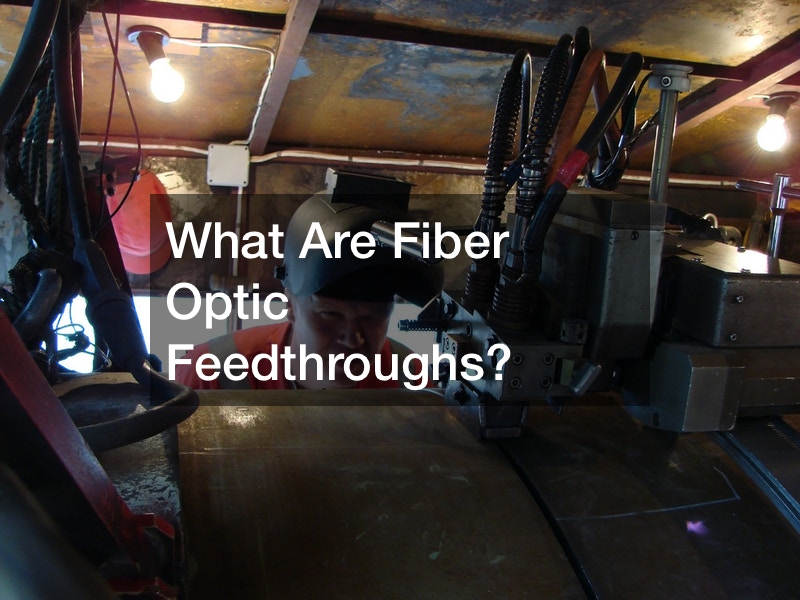
Fiber optics move information from one point to another in a beam of light that is transported through a plastic or glass pipe at the speed of light. A fiber optic cable comprises thin fibers, each less than a tenth the thickness of a human hair and capable of transmitting a large number of terabits per second of information.
Total internal reflection is the phenomenon that keeps the beam of light within the pipe, rather than allowing it to simply pass through it and leak outside. It occurs when the angle that the light hits the glass tubing wall is shallow, less than 42 degrees.
Fiber optic feedthroughs are the pieces of equipment at each end of a fiber optic communication and can be multichannel or single channel. Multichannel feedthroughs are effective, as they combine a number of fiber optic cables to efficiently move large amounts of data while taking up minimal space.

Fiber optic feedthroughs allow data to be transmitted further and faster than traditional cable alternatives, like copper. These feedthroughs do not conduct electricity nor are they affected by electromagnetism, so they are secure and transport data with minimal degradation of quality.
